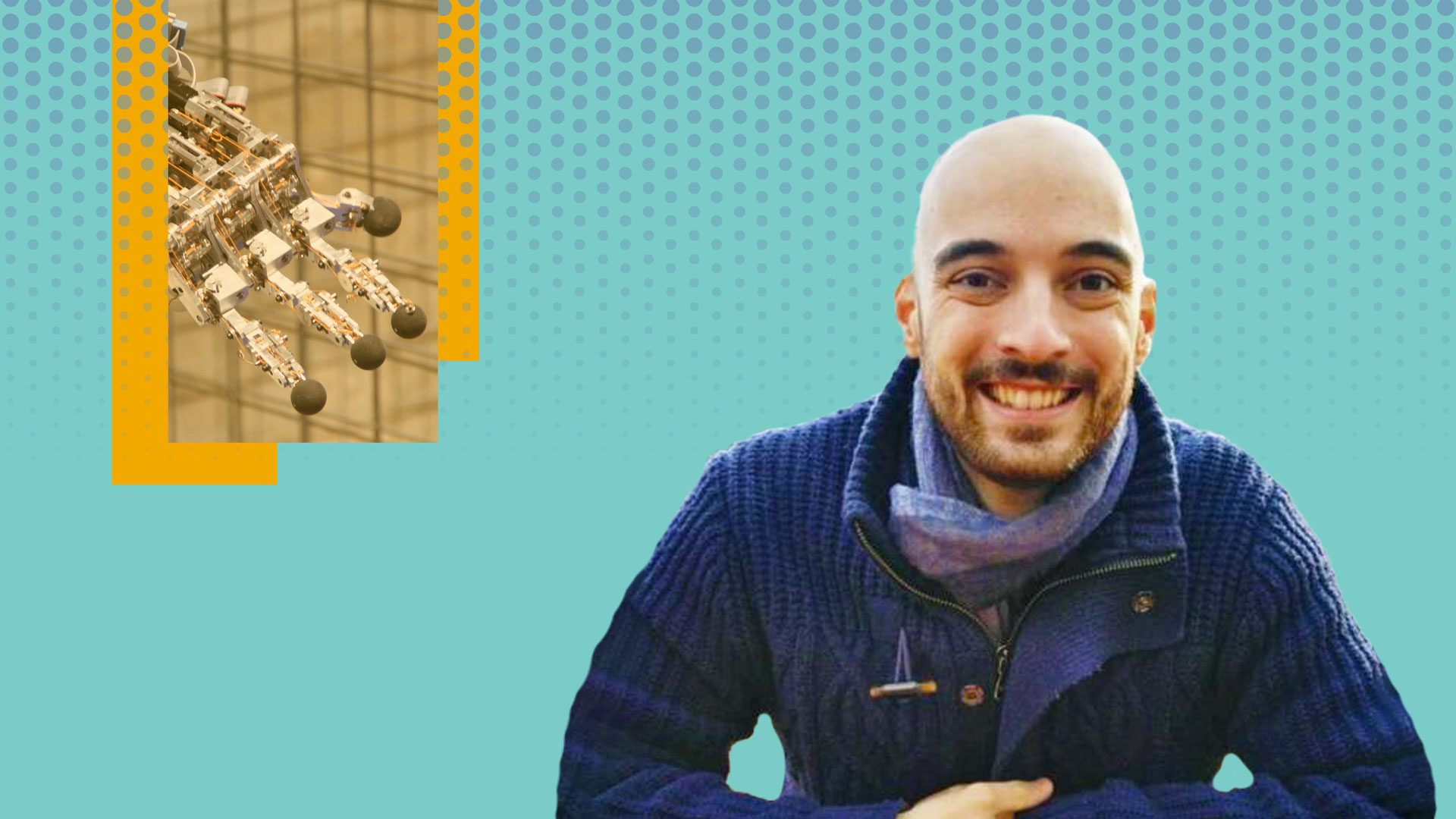By: Kathleen Sandusky
15 Feb, 2023

As the world contends with the lingering catastrophic effects of a global pandemic, set against the ongoing backdrop of climate disasters and worsening conflict and humanitarian disasters, the need for rapid scientific advancement in response to crisis has never been so apparent.
We can’t say we weren’t warned. In 2015, the United Nations released The 2030 Agenda for Sustainable Development, a shared blueprint constituting “an urgent call for action by all countries — developed and developing — in a global partnership.” Central to the agenda are the 17 Sustainable Development Goals (SDGs) that address a range of urgent needs for humanity, from poverty alleviation and gender equality, to decent work, sustainable cities and communities, a clean environment, affordable and clean energy, and peace. The goals were founded on decades of input from global researchers, stakeholders and policy makers.
Seven years later, nearing the halfway mark, the 2022 progress report is grim. But there are some bright spots, many in the realm of technology, from the growing adoption of digital technologies and production innovation, to wider access to information and knowledge-sharing, and progress in clean energies.
As the use of AI for robotics continues its rapid global spread, these technologies will have certain impact on the SDGs. But until recently, there has been little scientific inquiry into what those impacts will be. Further, the frequent mischaracterization of AI-assisted robotics, from Terminator-style supercops to the nightmare childbot M3GAN, has led to distorted understanding on the part of global publics, and delayed demands for effective governance frameworks on the part of governments and decision-makers.
There’s no time to wait, says Vincent Mai, who is currently completing his PhD in robotics and AI at Université de Montréal under the supervision of Liam Paull, a Canada CIFAR AI Chair at Mila – Quebec Artificial Intelligence Institute. Mai also works with the Algora Lab, led by Canada CIFAR AI Chair Marc-Antoine Dilhac. Located at Mila, the team of interdisciplinary researchers is developing a deliberative ethics of AI and digital innovation, analyzing the societal and political aspects of AI.
“It’s clear that like any technology, these advances will bring some great things, and also some bad. But what we need to focus on is knowing what’s ahead, identifying both the opportunities and the risks, and being as ready as possible.”
— Vincent Mai
Among Mai’s accomplishments, while achieving his PhD, was to play a significant role in the launch and continuing leadership of Sustainable Robotics, the first-ever academic-driven robotics community to focus on sustainability. Founded in 2021, the group organizes events, publishes collaborative reports and curates resources to support robotics experts.
Led by Mai, the group convened a one-day interdisciplinary expert workshop to discuss the opportunities and risks posed by robotics in achieving the SDGs. Their report was published in 2022.
“What we found is that robotics will certainly have a strong impact on achieving the SDGs,” says Mai. “But will the impact be positive, or negative? That’s harder to say. What is clear is that the effects will not be uniform across all goals.”
The expert report finds that there could be very beneficial uses of robotics in advancing progress in areas such as health care, infrastructure and disaster response, ecosystem monitoring, responsible production and consumption, and even gender equality. However, the report cautions that robotics could worsen progress and overshadow gains through shifting employment demand, environmental impacts, and ethical issues, privacy and safety concerns, along with impacts on societal norms and values.
“Some of the most promising advances offered by robotics will be tied to monitoring,” says Mai. “Robots are great at doing things without rest, without a lot of maintenance, and in places where it’s hard to send humans, like deep underwater or disaster zones. They can provide perpetual monitoring of vital infrastructure like dams or bridges, or they can monitor crop health for farmers or populations of endangered species. This can lead to better decision-making and responses.”
Among the report’s recommendations is the need to teach AI researchers about the SDGs, and to teach global policy makers and the public about the realities of AI and robotics. “By having different models and trying to achieve different goals, the robotics and SDGs communities do not always interact well,” notes the report. “Therefore, more workshops and other initiatives to bring these communities closer are needed.”
What’s the one thing that Mai says is certain? The use of AI in robotics will continue to advance, and will impact humanity’s success or failure in achieving the SDGs. “I think we need to shift our focus from whether or not these technologies are overall good or bad,” says Mai. “It’s clear that like any technology, these advances will bring some great things, and also some bad. But what we need to focus on is knowing what’s ahead, identifying both the opportunities and the risks, and being as ready as possible. These effects will be harder to deal with when they’re already happening. We have no excuse to not be prepared.”
CIFAR is a registered charitable organization supported by the governments of Canada and Quebec, as well as foundations, individuals, corporations and Canadian and international partner organizations.